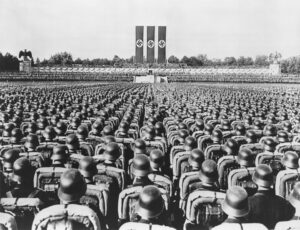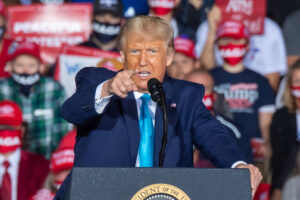
- 1929: The Crash of ’29 – When the stock market crashed in October 1929, nobody knew at that time that many years of depression were about to lay ahead. The situation was so critical, that the market was seized up for years. In its regular summation of the president’s week right after Black Tuesday, which was on October 29, “TIME” marked the market crash as No. 2 in the position, after absolutely devastating storms in the Great Lakes region. “TIME” even described it: “For many months, lots of people had saved their money and borrowed money and then borrowed on their borrowings to possess themselves of those little pieces of paper by virtue of which they were partners of U.S. Industry. But now, they were rapidly trying to get rid of them, more frantically than they tried to have them. Stocks that were bought without reference to their earnings were immediately sold without reference to their dividends.” The crisis that started that autumn and led to the Great Depression wouldn’t be fully solved for a decade.”
- 1973: The OPEC Embargo – The OPEC Embargo is proof that the seven-years theory hasn’t always held true. The OPEC oil embargo is largely viewed as the first big, discrete event after the Crash of ’29 to have deep, wide-ranging economic effects that lasted for many years. OPEC was a response to the United States’ involvement in the Yom Kippur War, and it basically meant freezing oil production and hiking prices many times beginning on October 16. At some point, oil prices quadrupled, which meant that gas prices soared. The embargo could have easily led to cold homes, hospitals, and schools, destroyed factories, slower travel, brownouts, consumer rationing, serious inflation, and even worsened air pollution in the U.S., Europe, and Japan.







